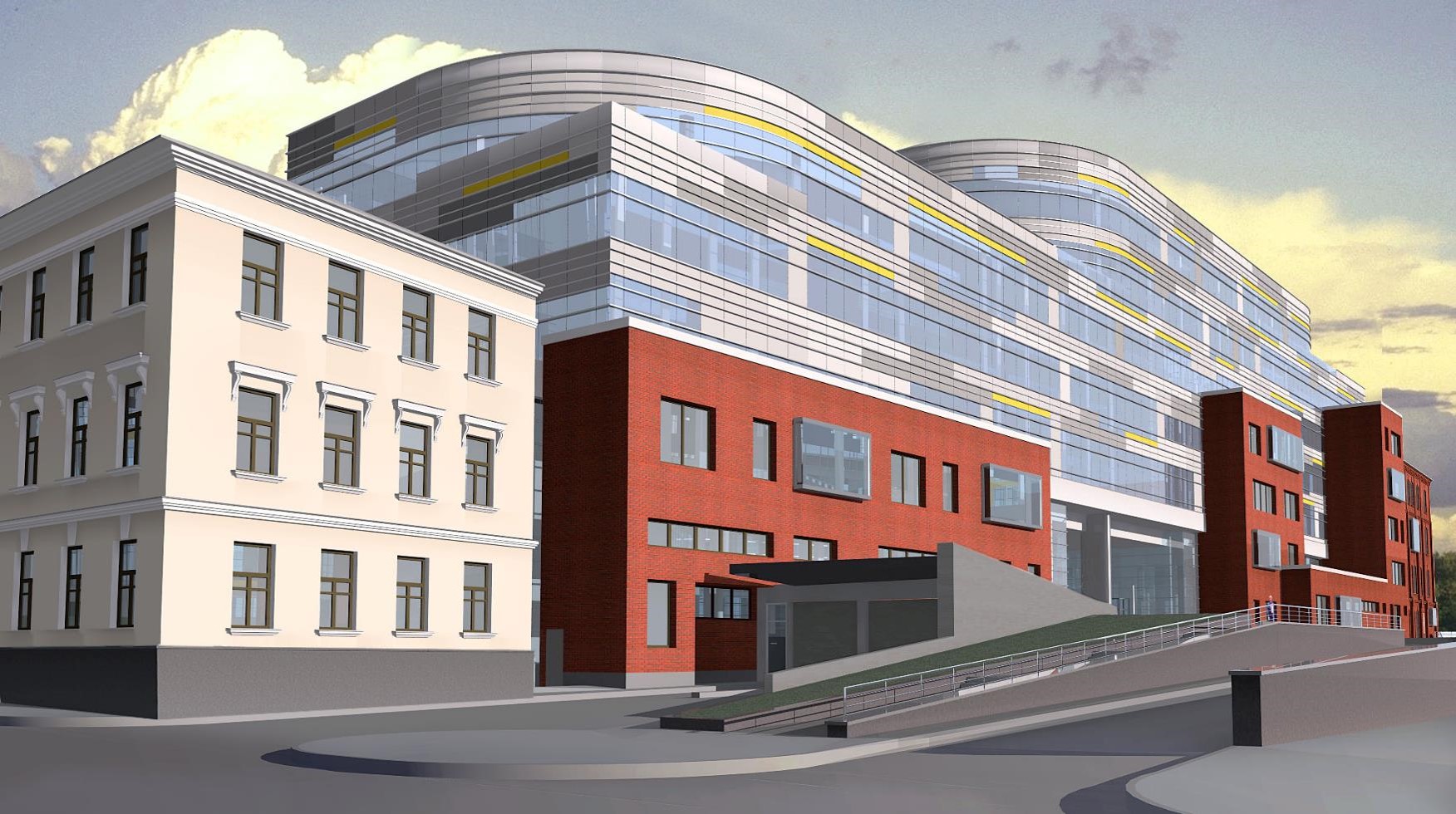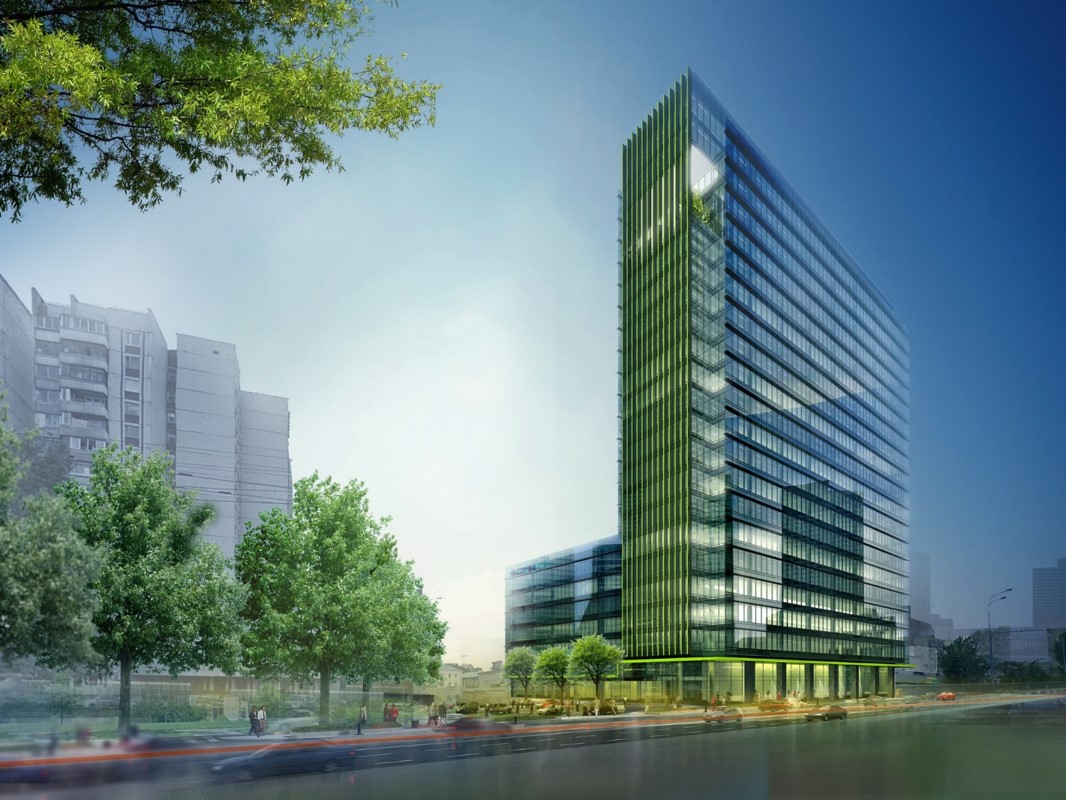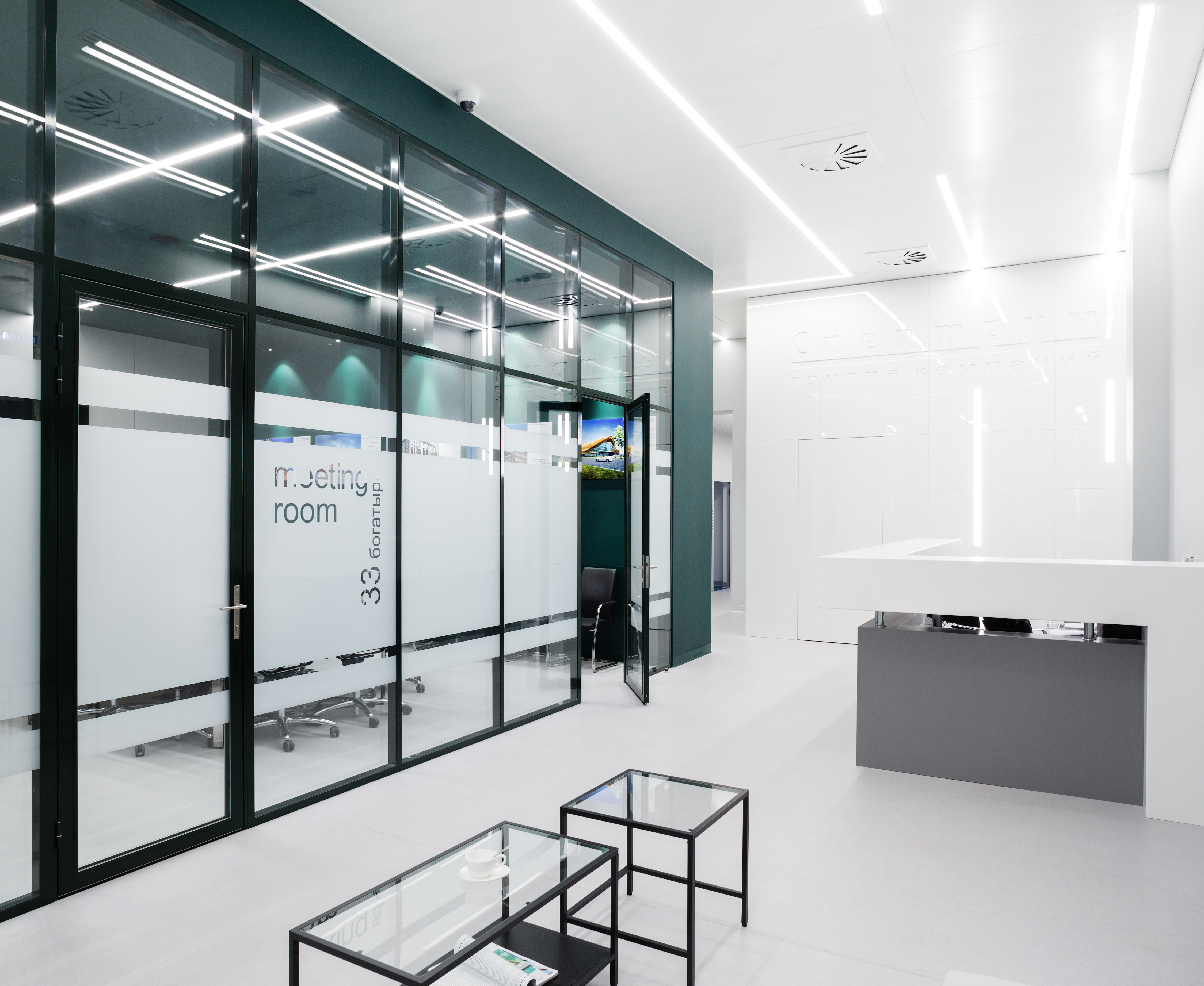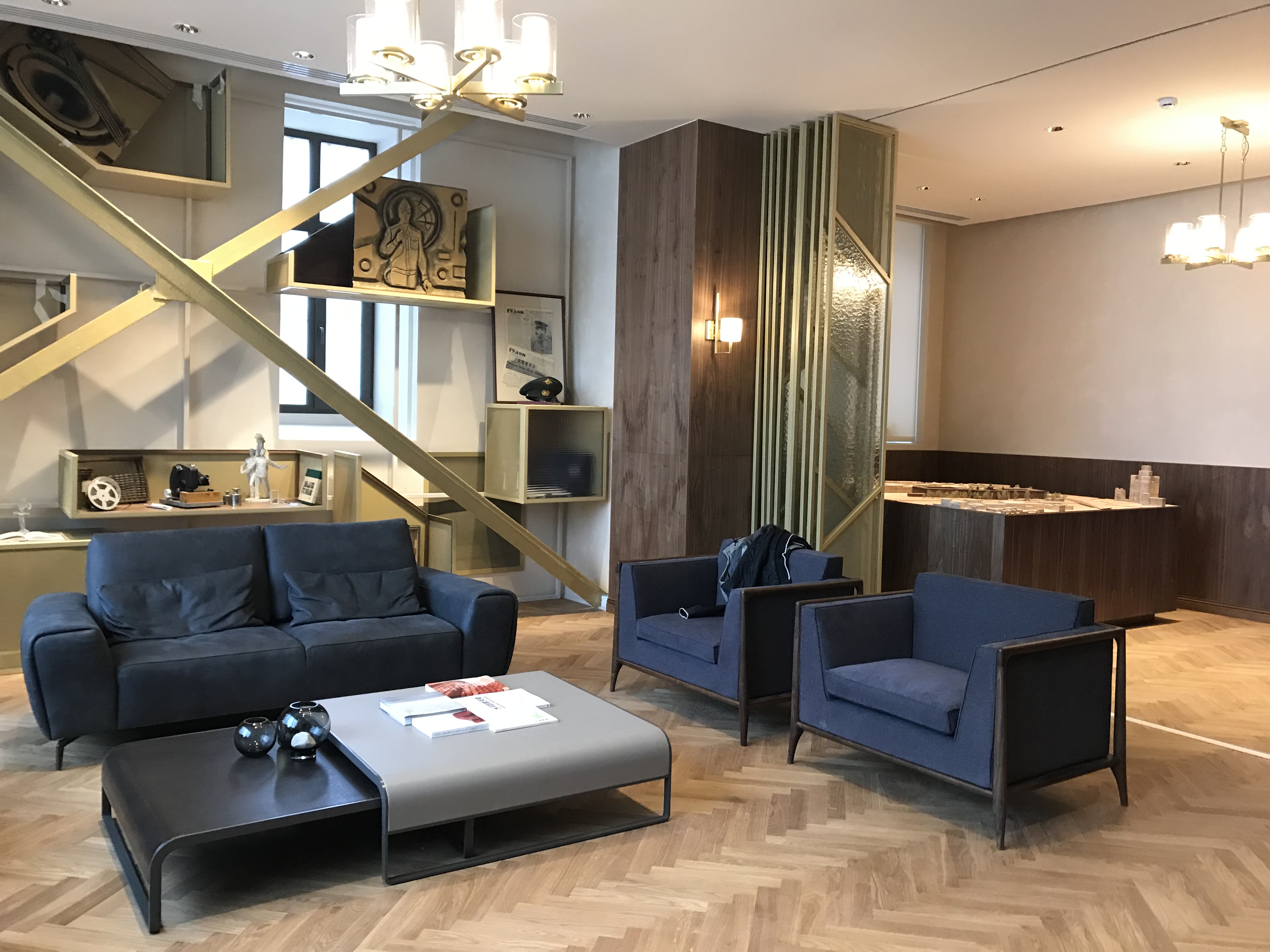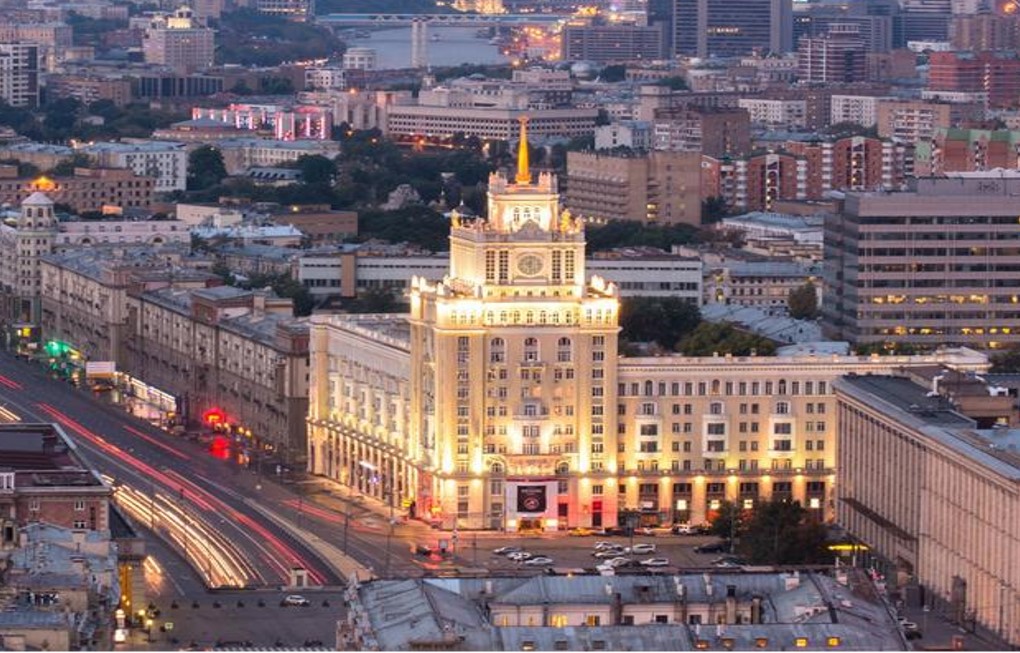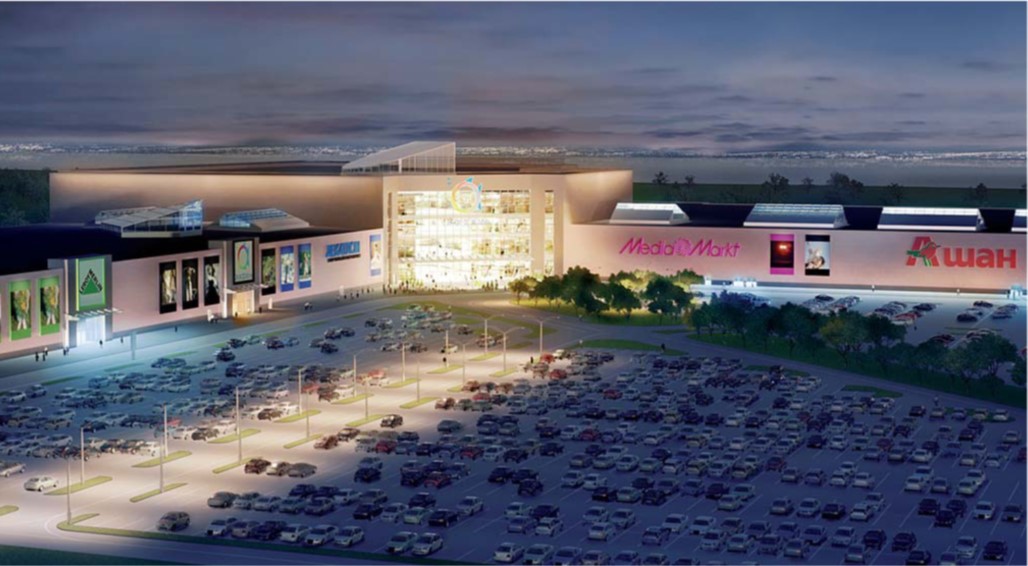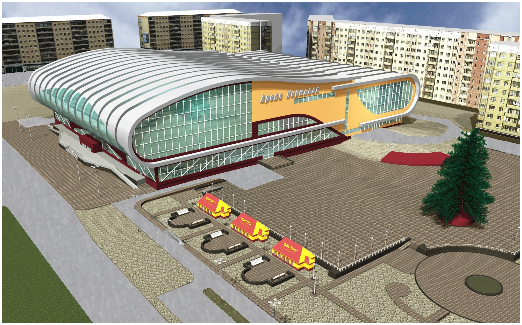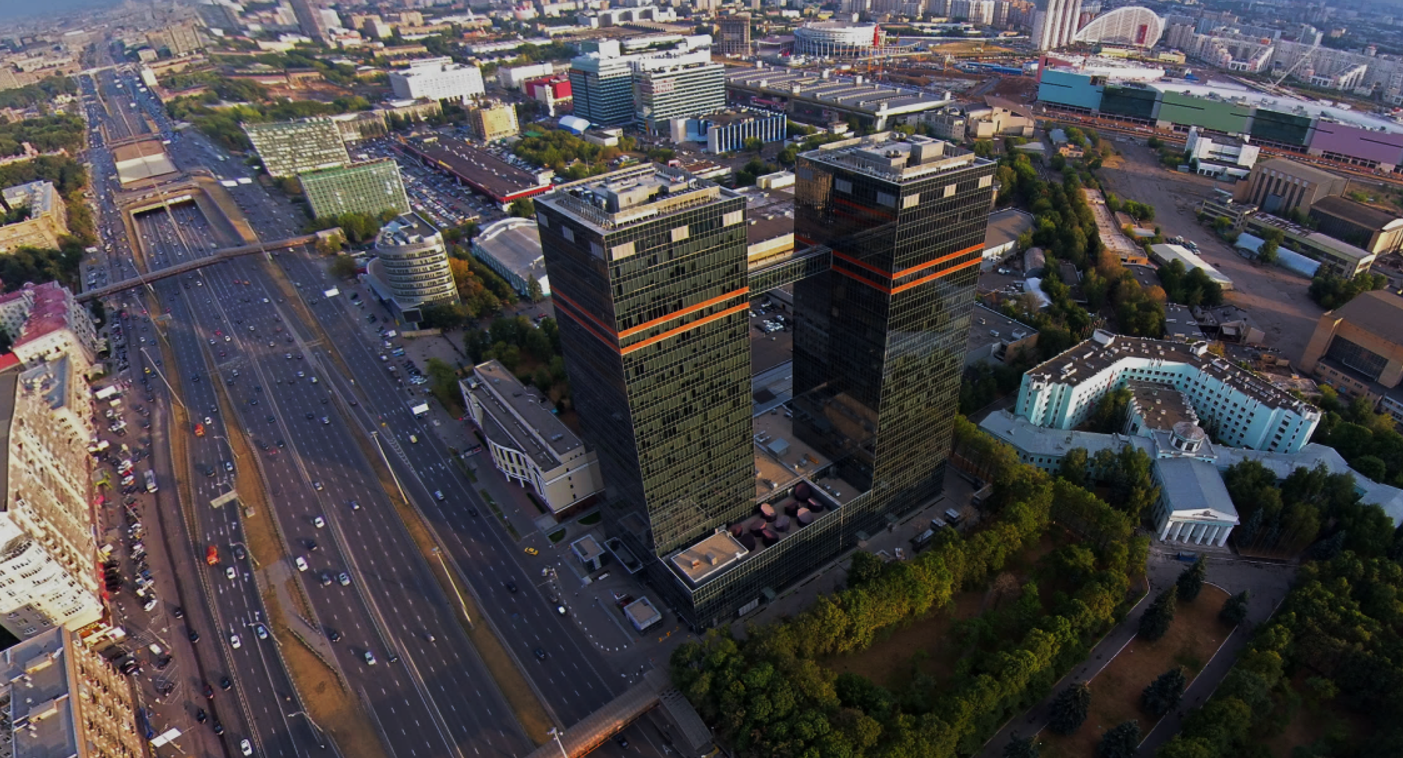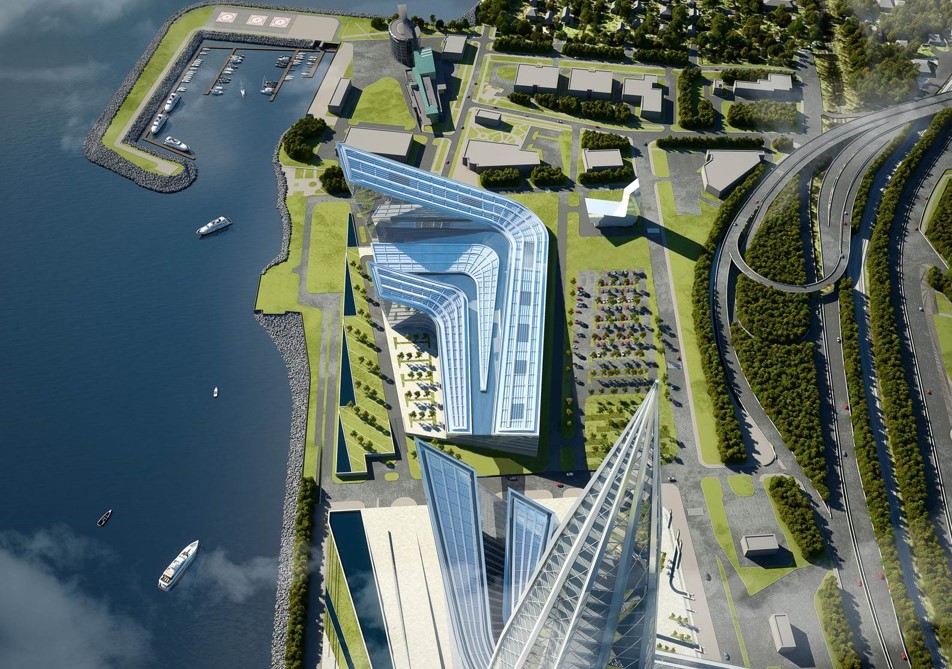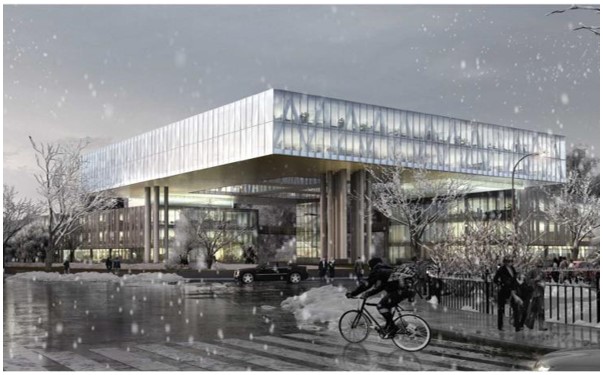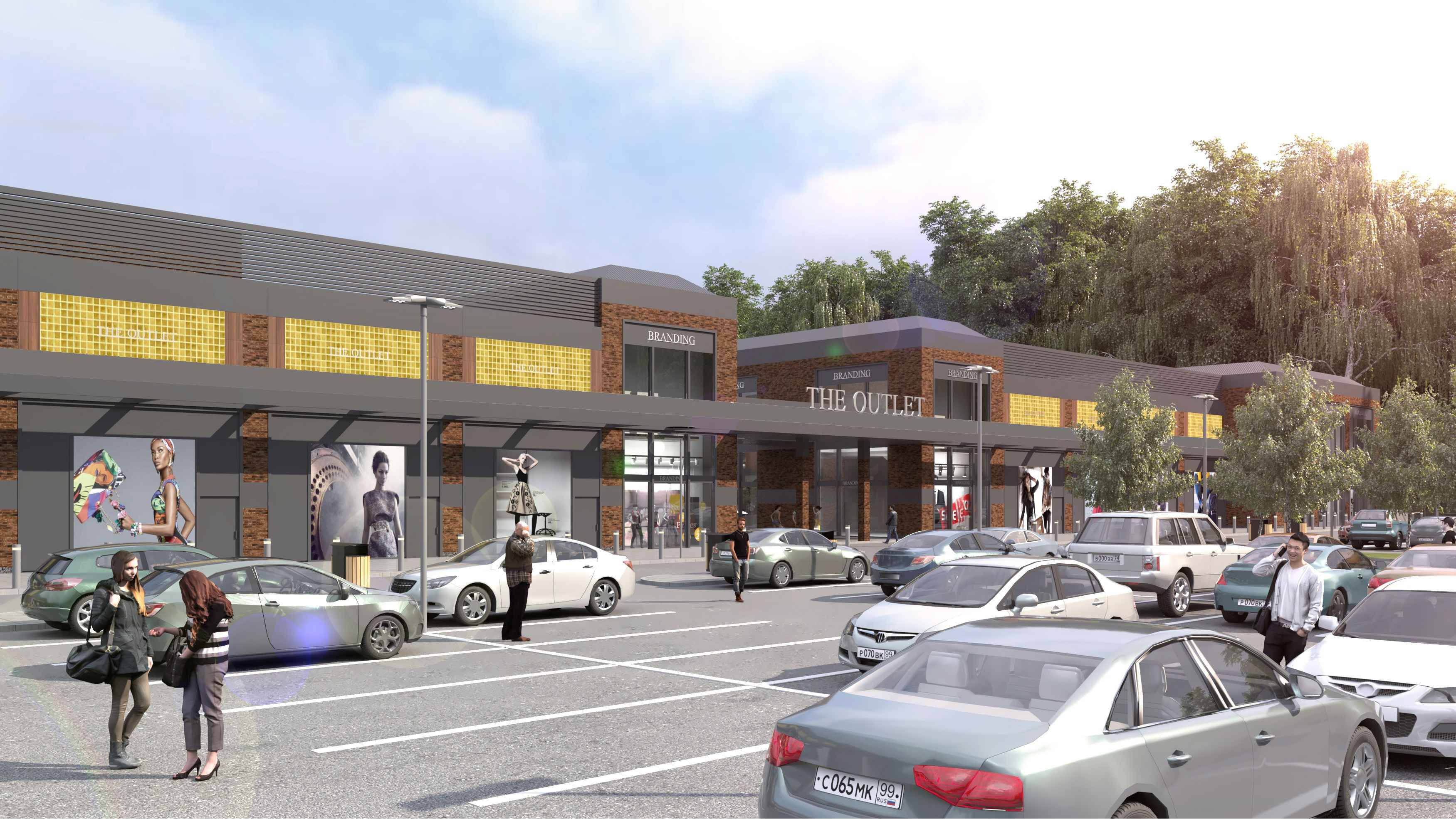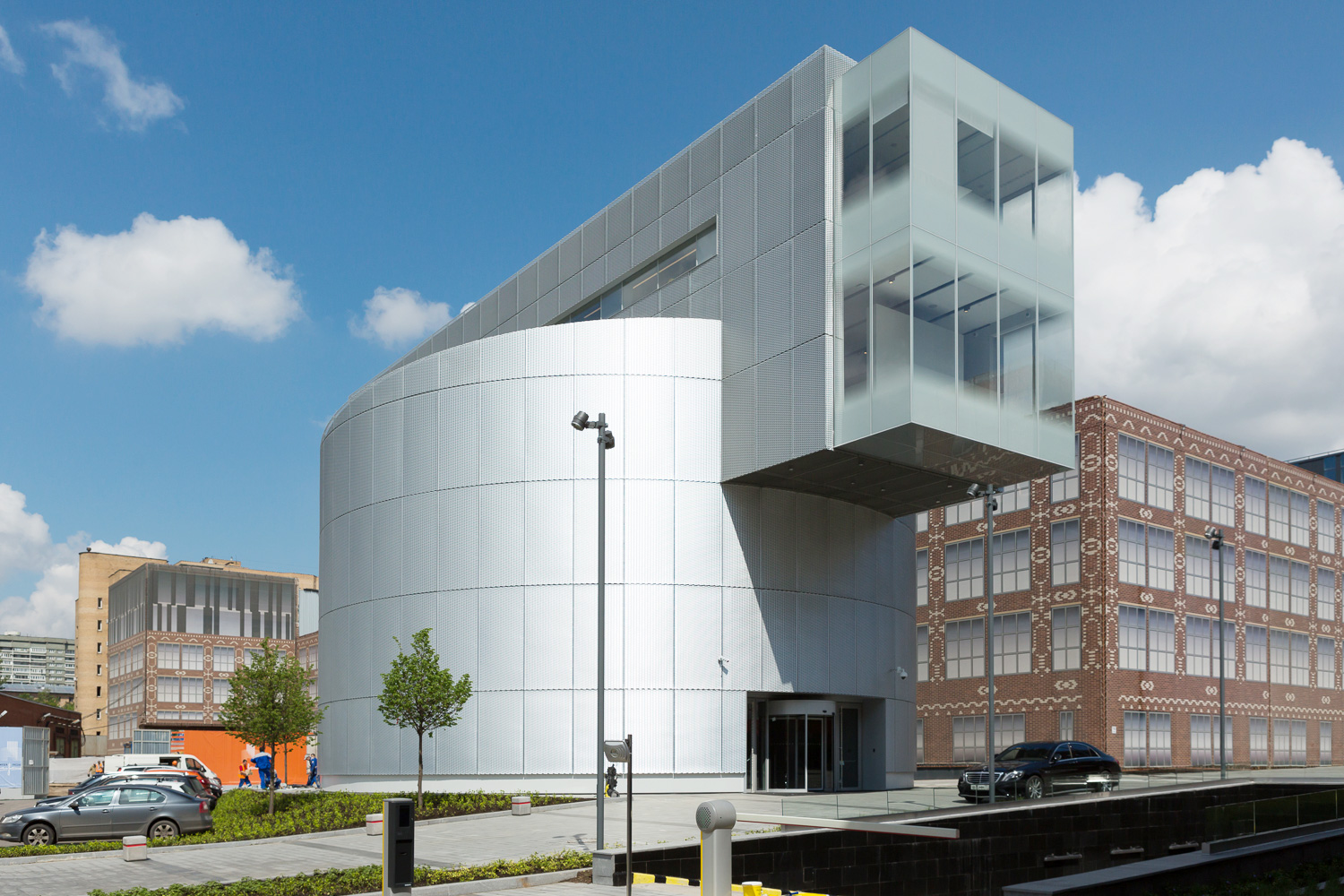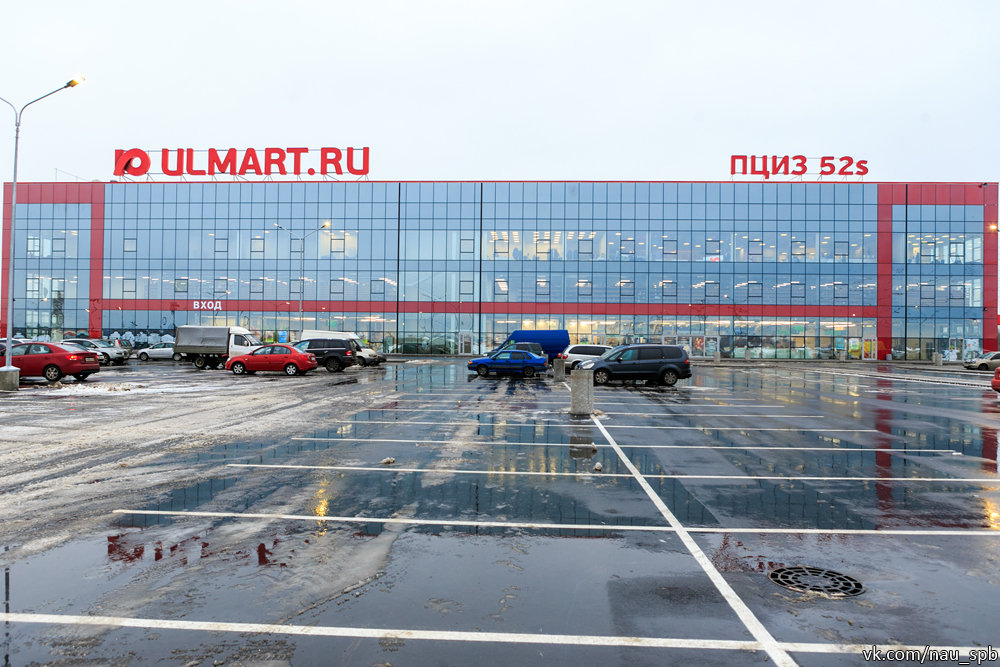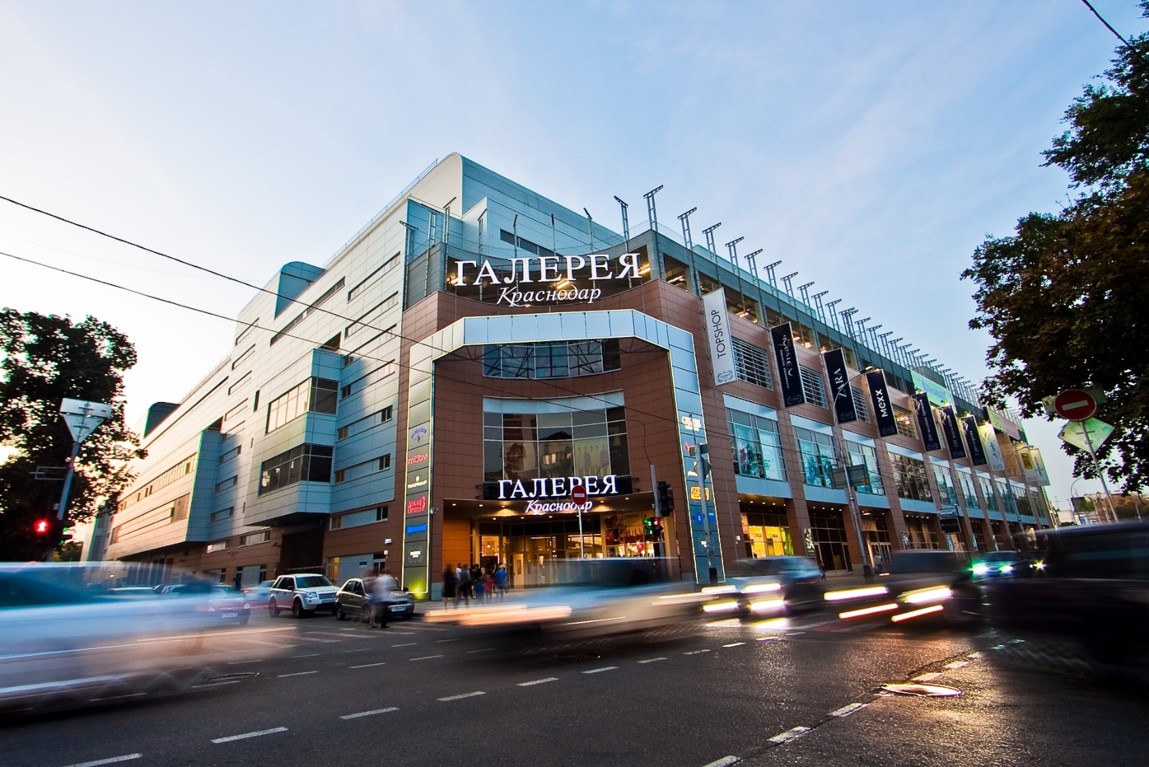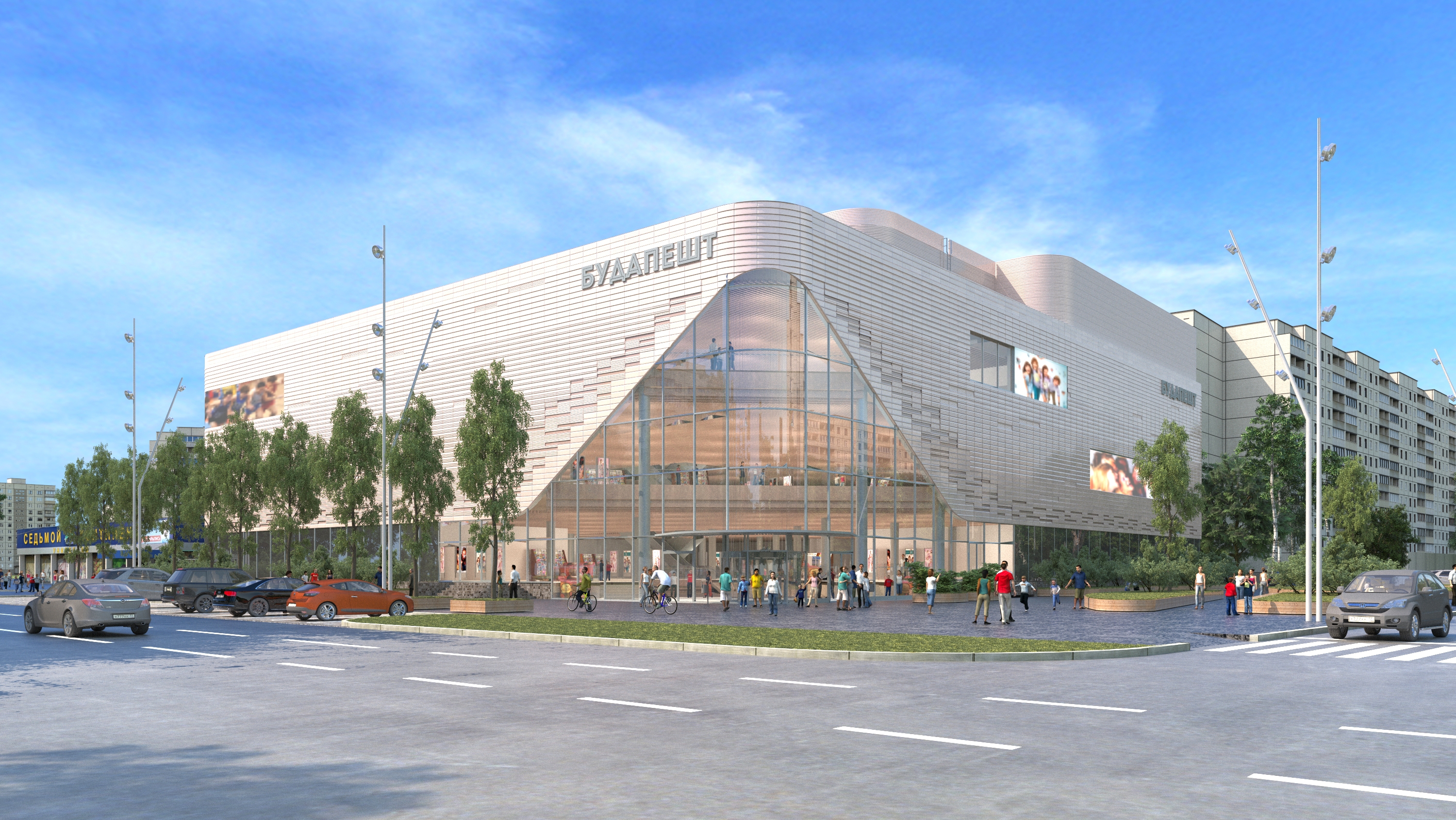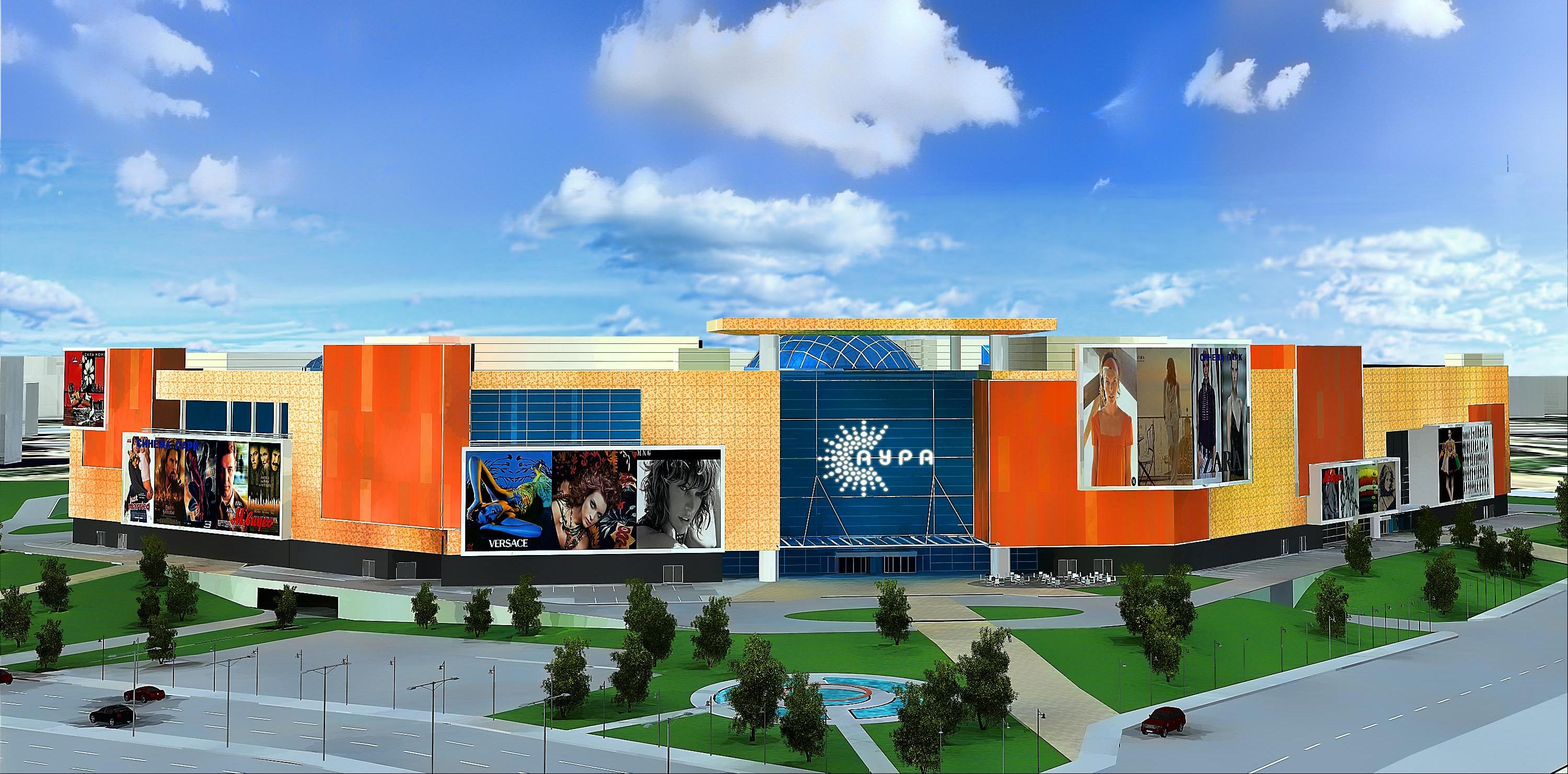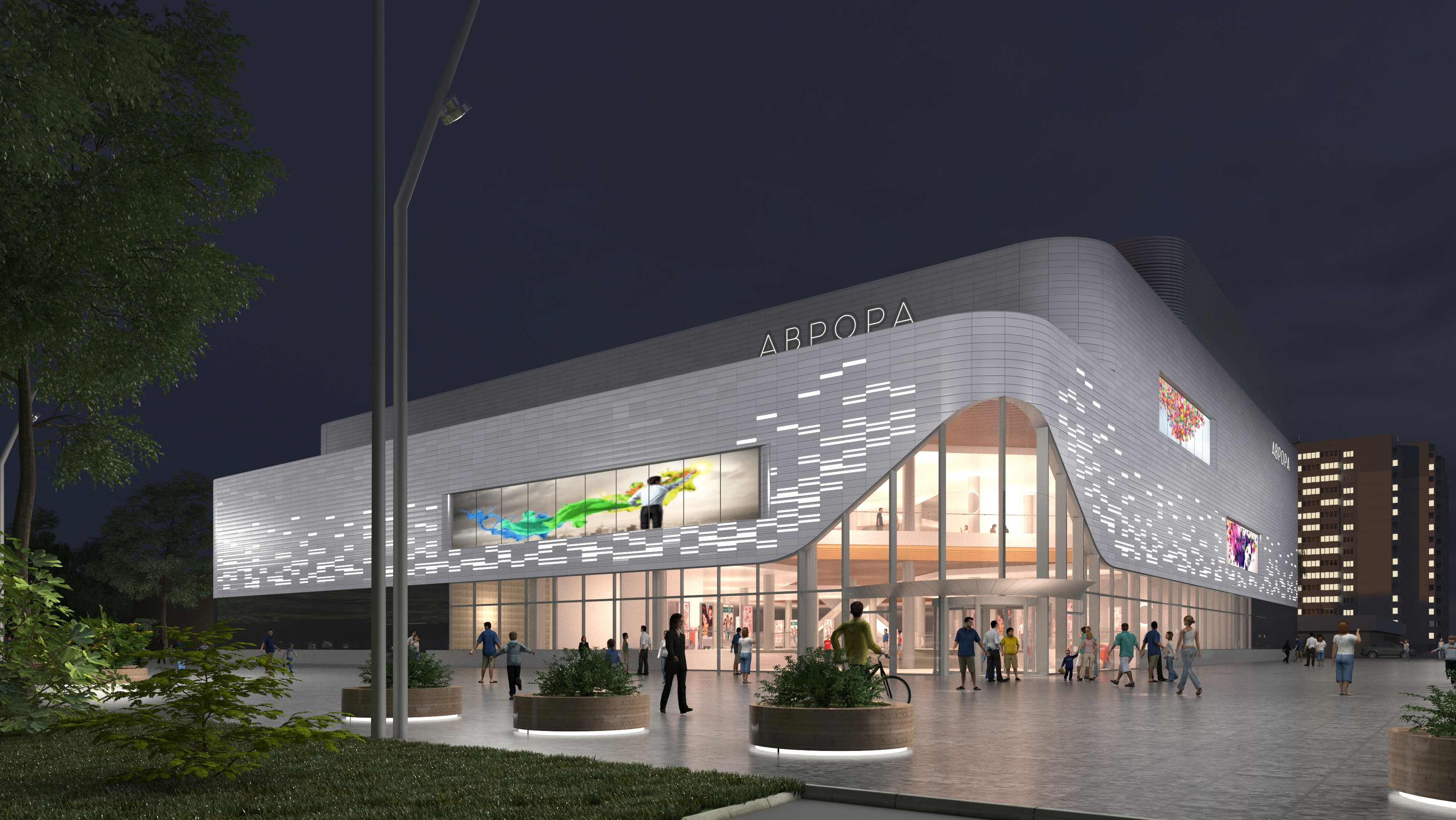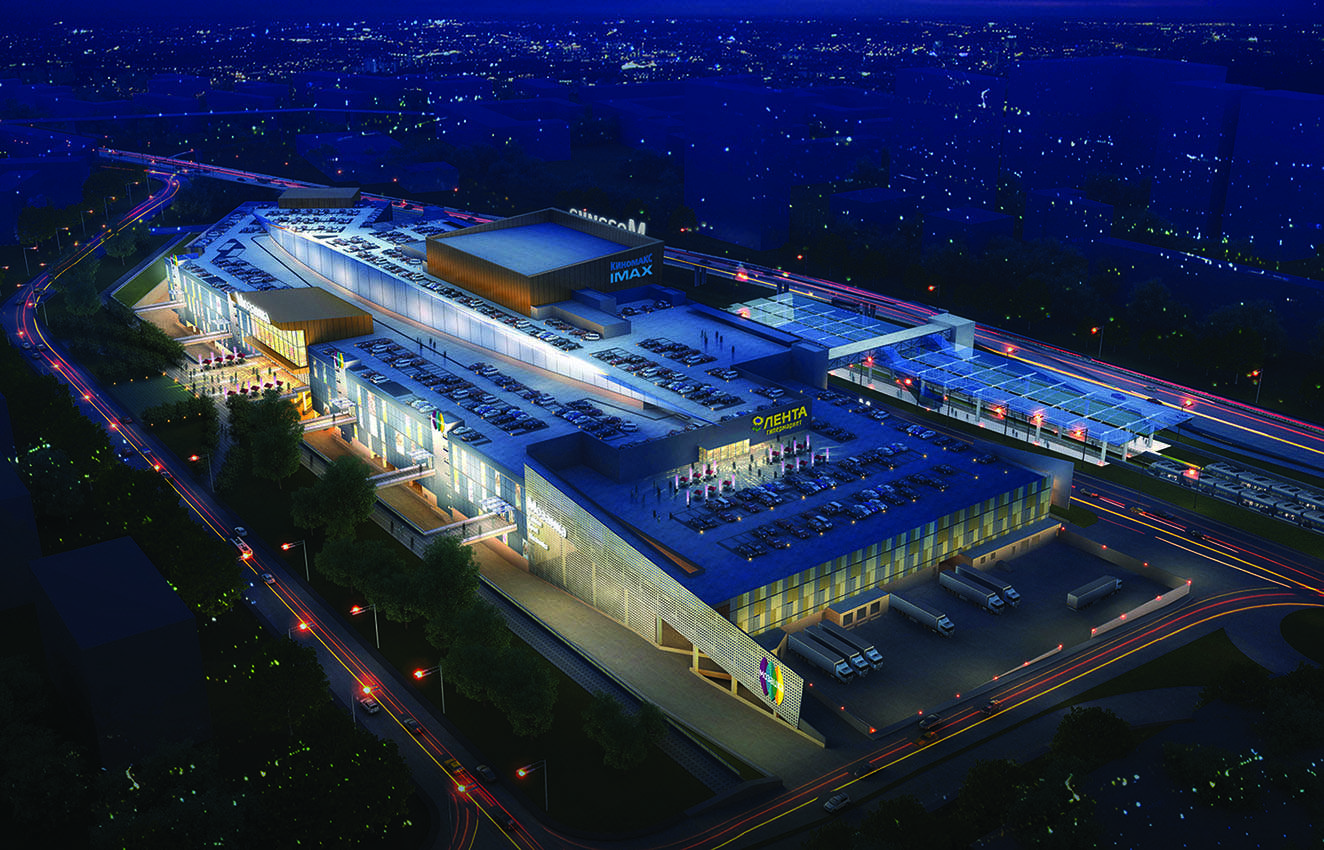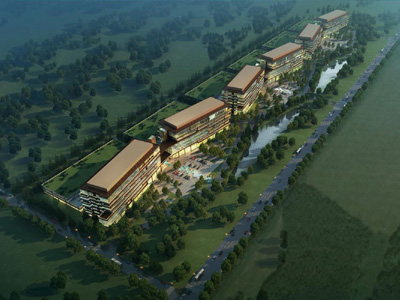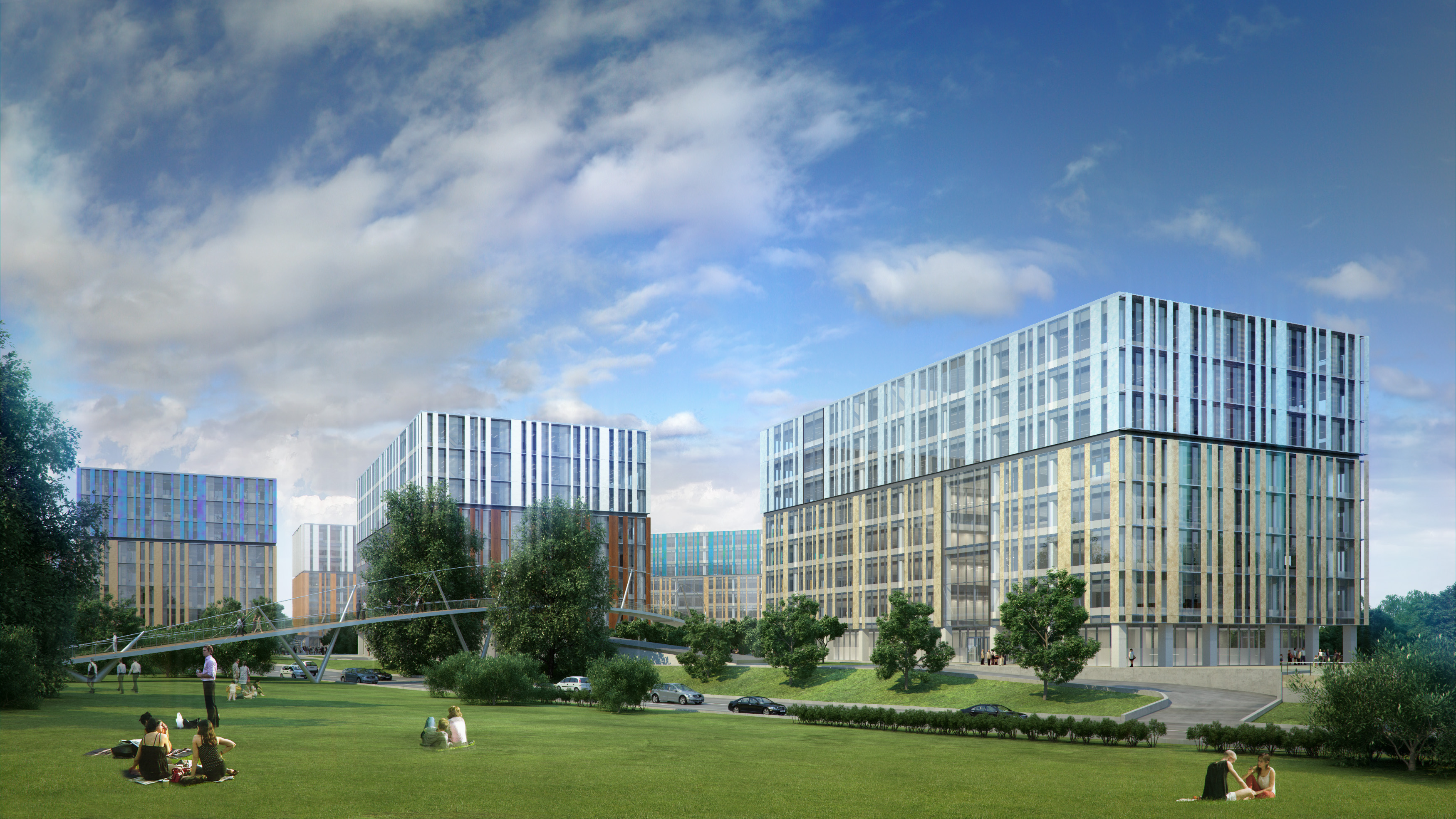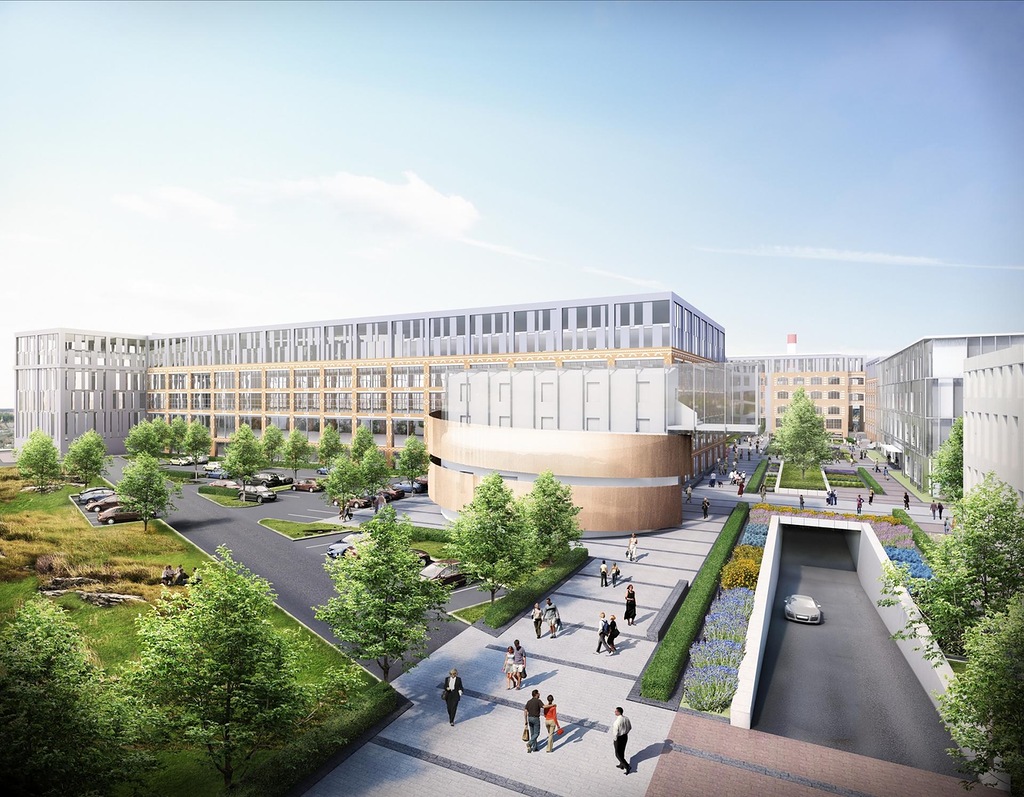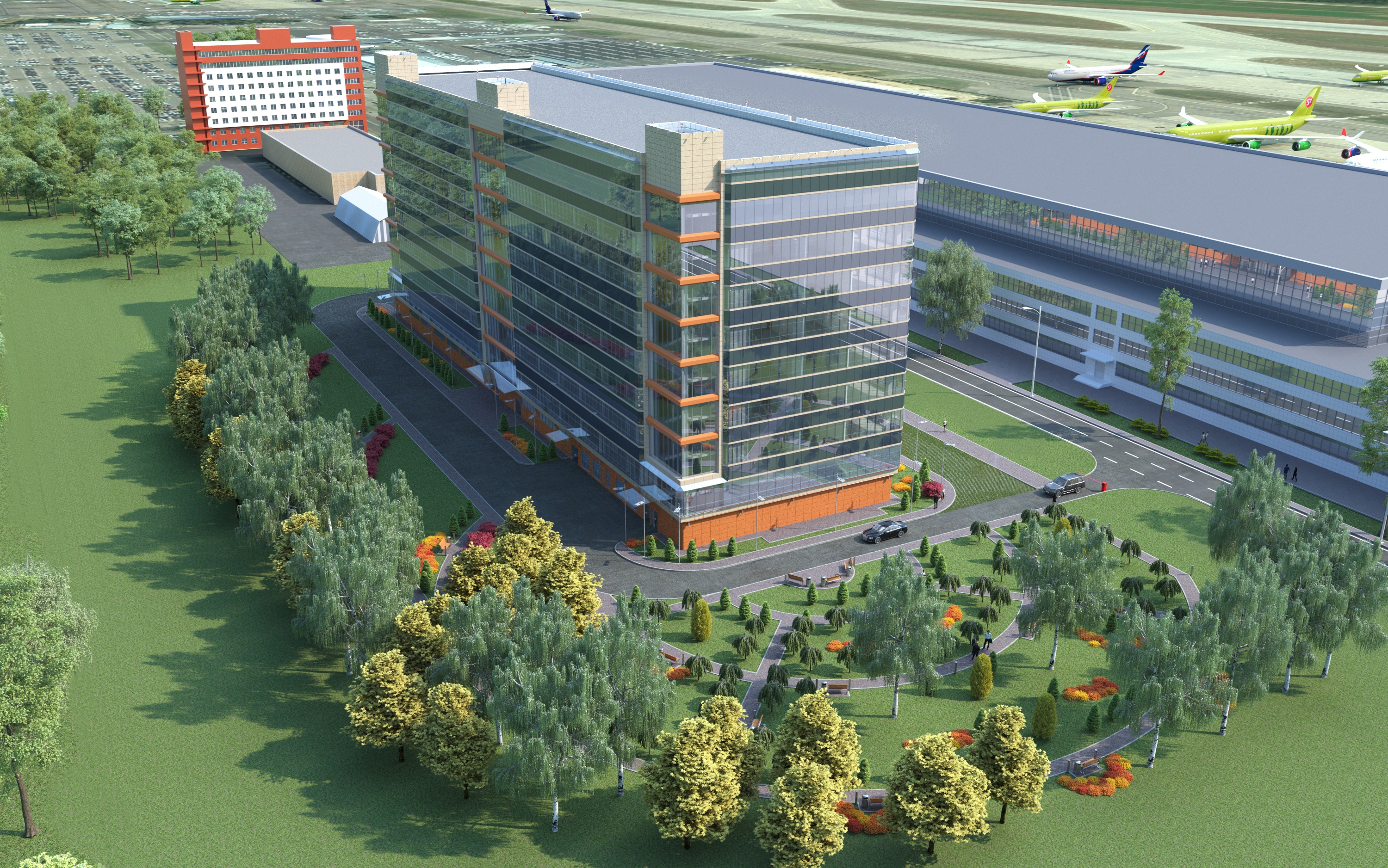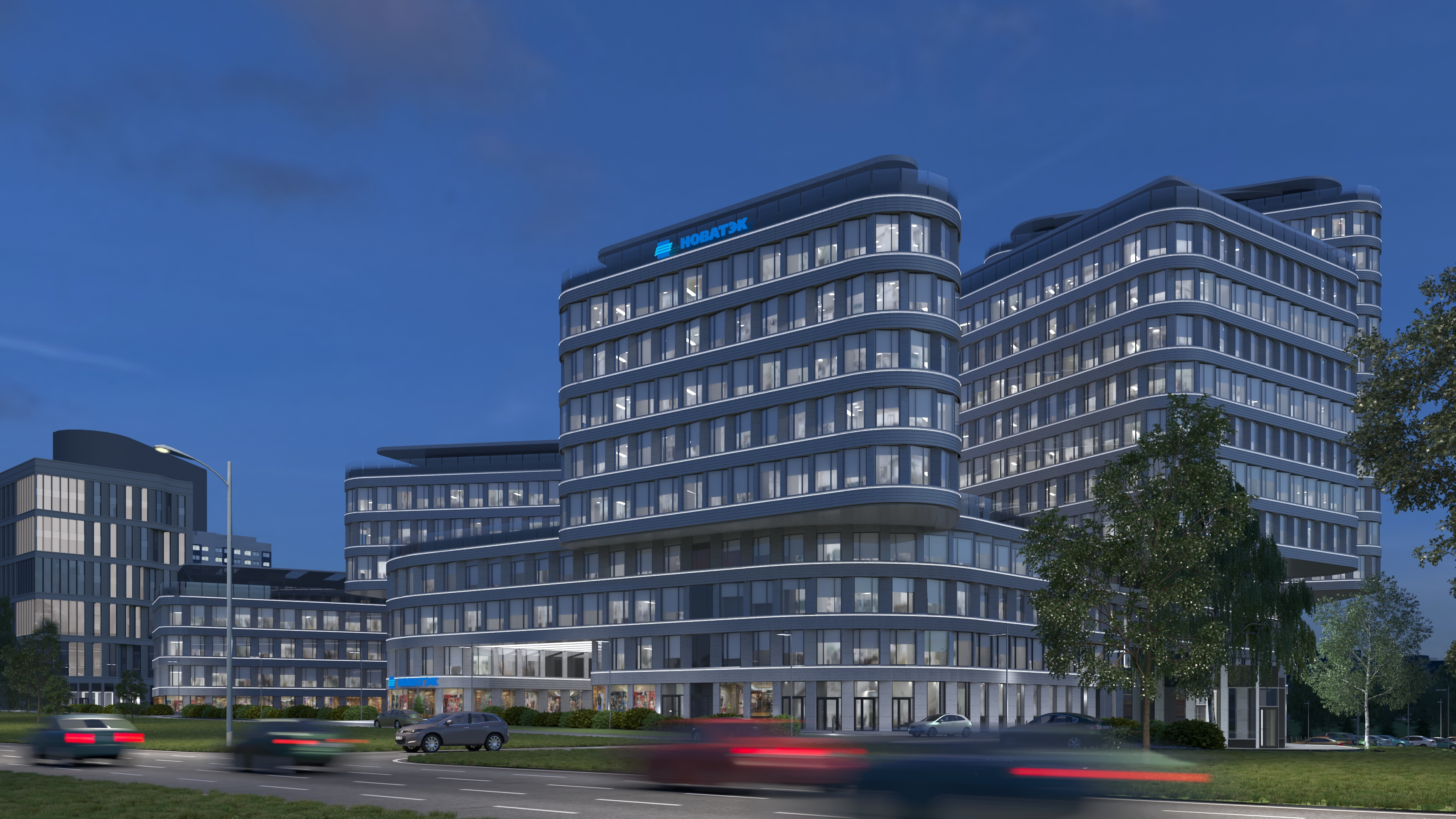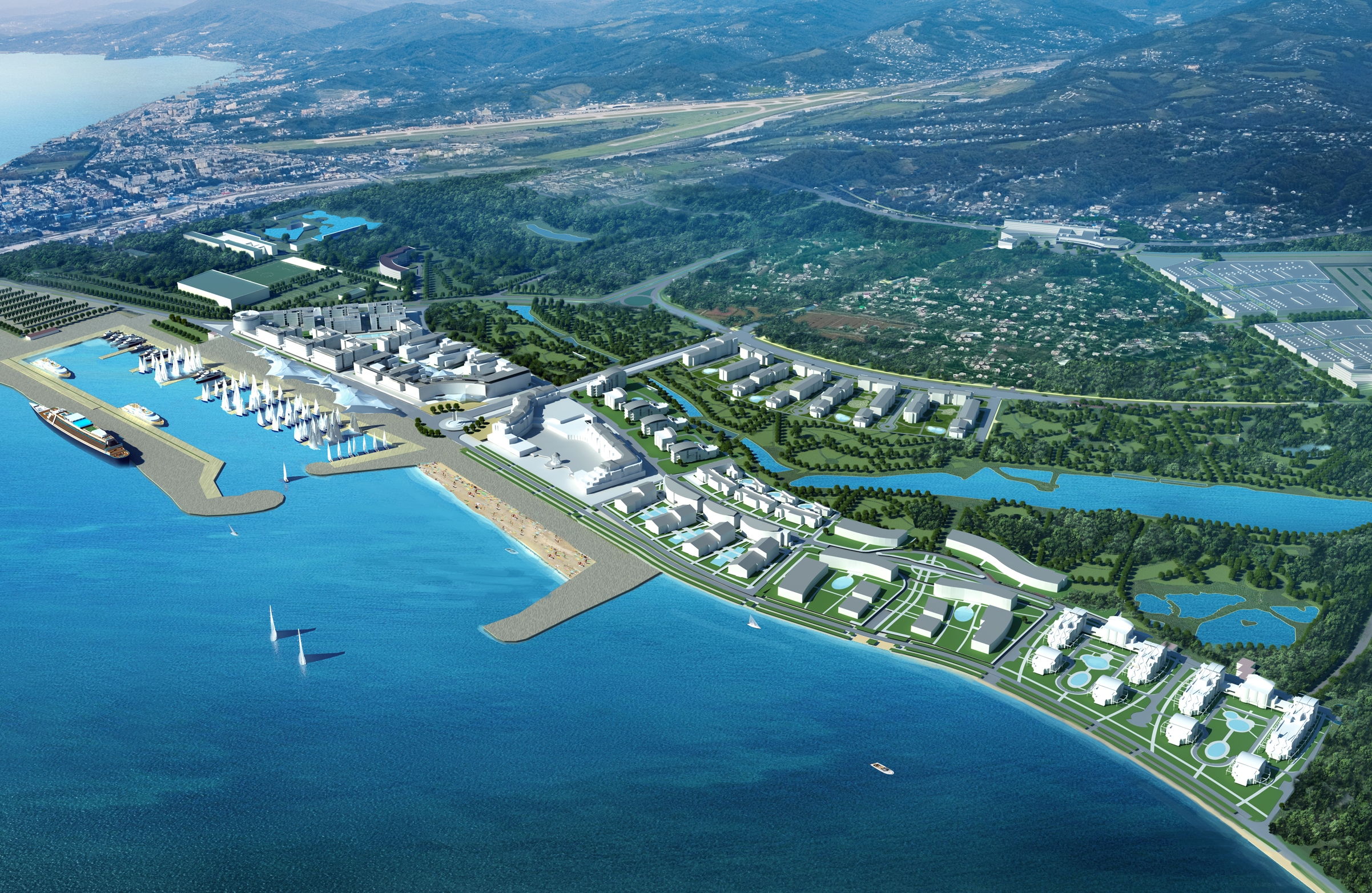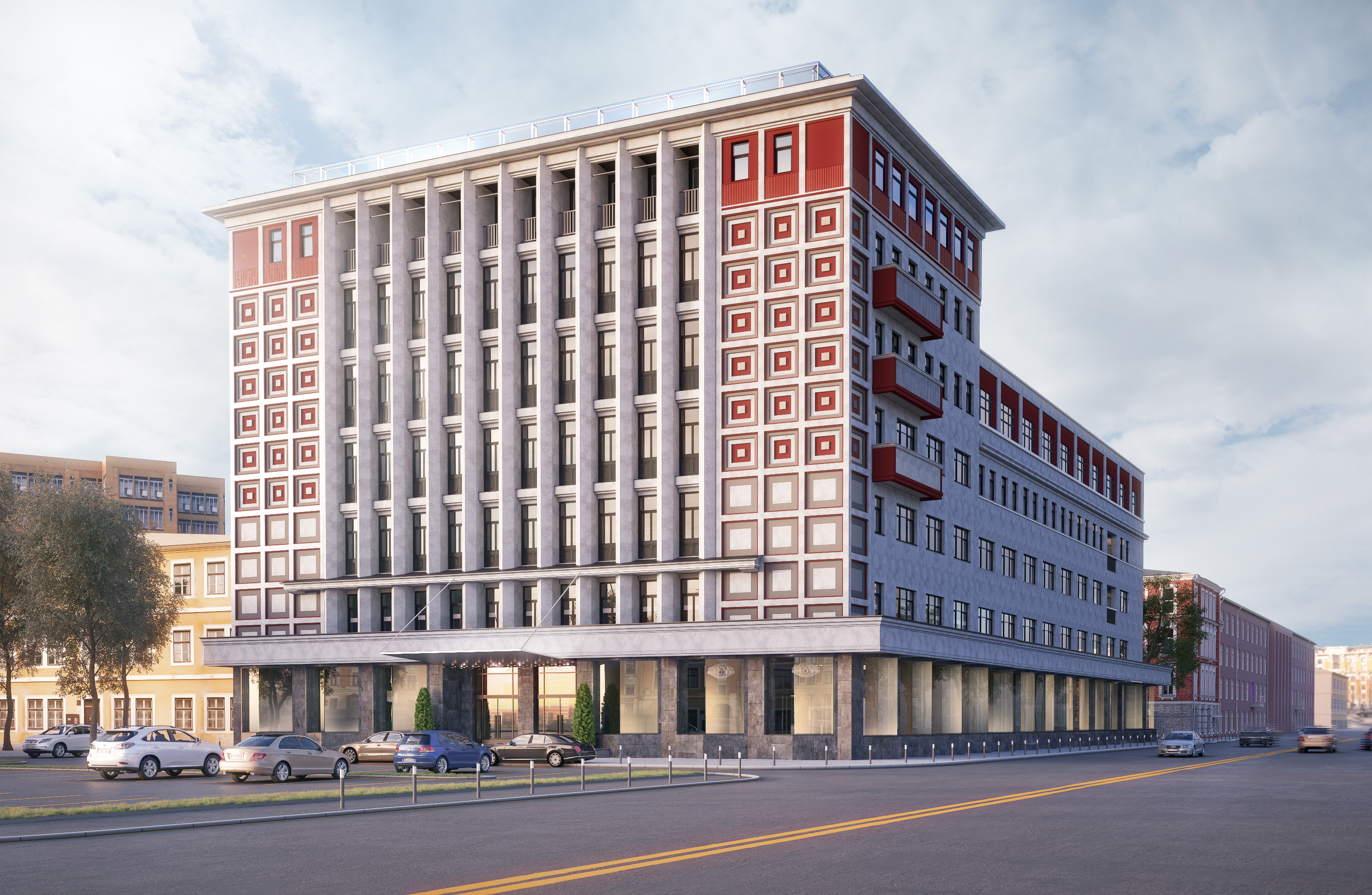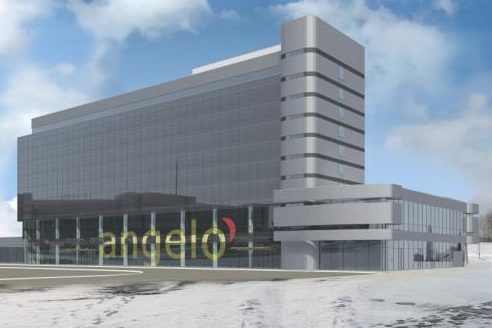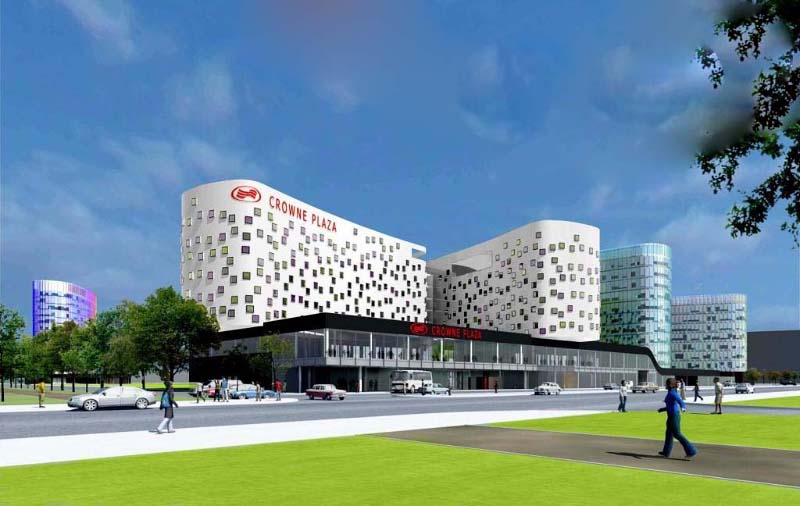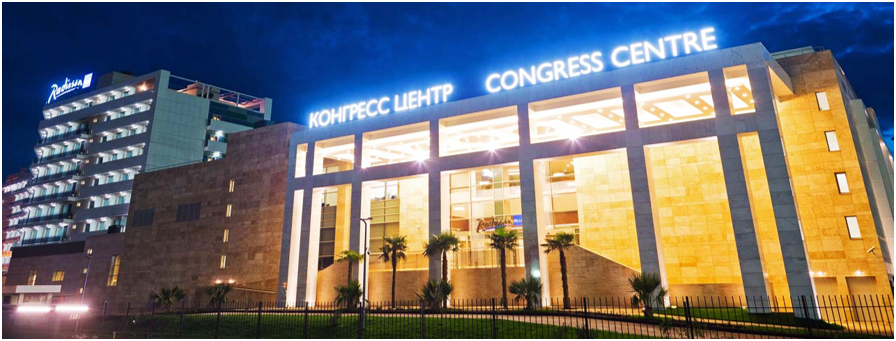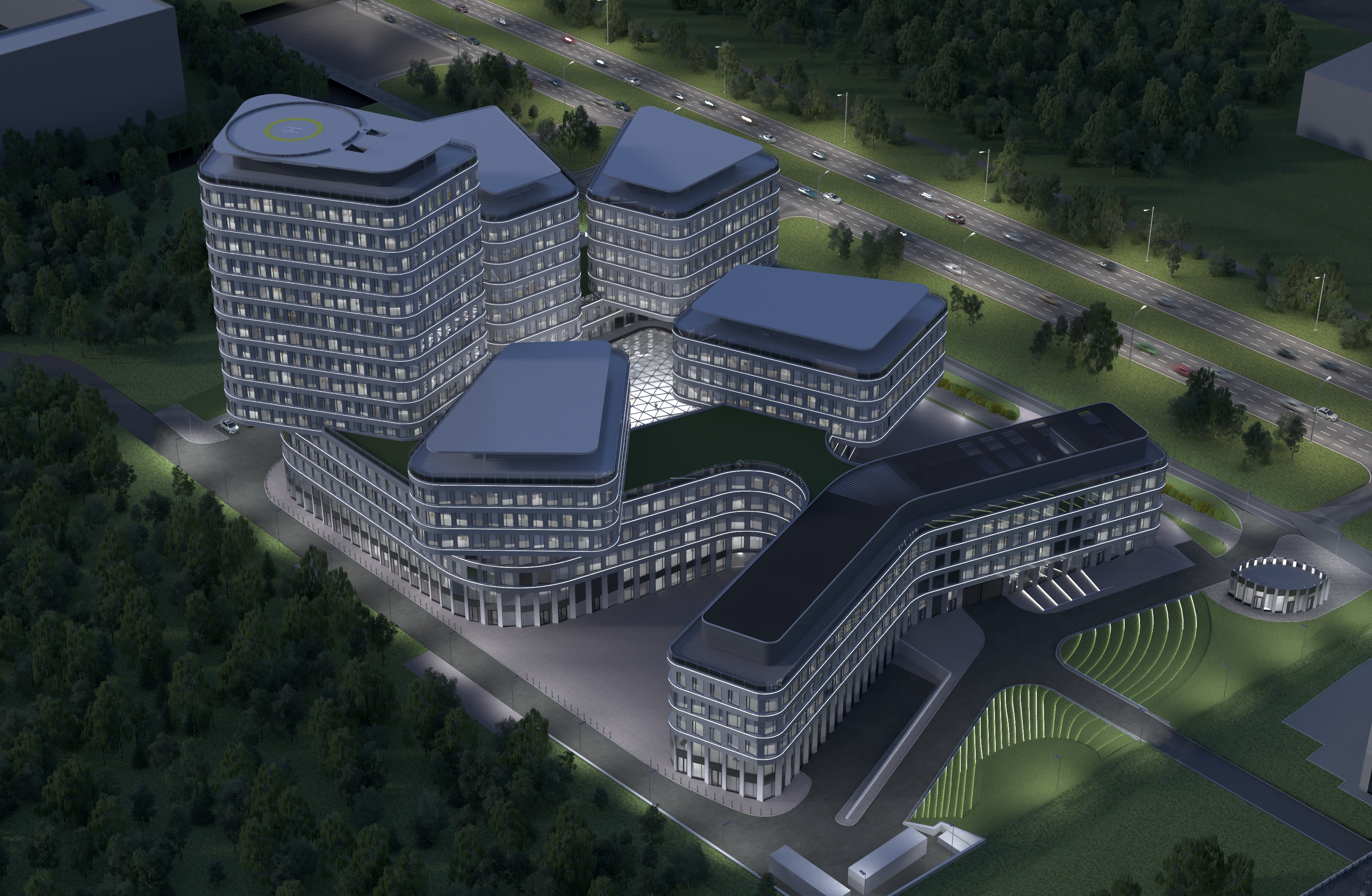
Commercial Real Estate
A PERFECT PROJECT ENSURES RETURN ON INVESTMENT, LONG-TERM SUCCESS, OPERATION RELIABILITY, AND LONG-TERM PRESERVATION OF TECHNICAL CHARACTERISTICS.
SPECTRUM GROUP, ACTING AS AN ENGINEER, CONSULTANT, DESIGNER, AND CONSTRUCTION MANAGER, IMPLEMENTS PROJECTS IN THE COMMERCIAL REAL ESTATE SECTOR, AND WORKS TOWARD THE SUCCESS OF THE INVESTOR AND DEVELOPER, USING ITS EXPERIENCE IN CREATING SUCH OBJECTS.
New trends in the development of the real estate market present even more requirements to any building. Whether it is an office complex, a logistics park, a shopping center, or a hotel, the object must be well-balanced, cleverly engineered, energy efficient, multifunctional, accessible, and user-friendly. It must fit organically into the existing urban space, and allow the owner to easily adapt it to new realities in the future.
We always keep up with the times, and focus on current trends, the main of which are:
COMFORTABLE ENVIRONMENT
Nowadays, workspace navigation occupies a special place. Companies choose creative, talented, and ambitious employees. They spend a good deal of time at work and, accordingly, have high demands for the quality of the environment surrounding them. The space must be user-friendly, comfortable, and make them want to be productive. For Spectrum, one such landmark project was the repurposing of the former Bolshevik confectionery factory, which involved the rehabilitation of 15 separate buildings erected during different eras: from the beginning of the 20th century until the 1960s. The work resulted in creation of one of the most innovative office spaces in the capital - a multifunctional business center. Spectrum was involved in designing, consulting, and developing the engineering concept and working documentation. The work for creating a modern comfortable environment was carried out in cooperation with the best foreign architectural firms.
VERSATILITY
This is one of the main trends when creating a business concept for a modern corporate headquarters in a metropolitan city. In addition to office premises, the building must include all necessary services - recreation and fitness areas and outlets for dining and trade. This requires far from trivial engineering solutions. Spectrum used its best practices in the project for implementation of the NOVATEK headquarters. We were in charge of developing working documentation for the construction of a unique building with a challenging foundation shape and five towers. In the heart of the complex there is an atrium covering an area of over 2,000 square meters, with a transparent glass dome. The building meets all infrastructure requirements, including accommodating a command center and museum.
ENERGY EFFICIENCY
In the modern world, efficiency and sustainability play major roles. This is why energy efficiency is incredibly relevant today, especially when referring to creation of real estate objects. In addition to the idea of a sustainable planet, which is important to society, reducing energy consumption results in cost savings, lower maintenance costs, and higher profits due to increased productivity. This increases the attractiveness of the object for tenants, landlords, and building owners, and leads to returns on investment. The highest energy efficiency standards were applied for the Greendale Business Center project - the first real estate object in Russia certified by BREEAM Outstanding sustainability assessment with a score of 88.5%. It was nominated for the prestigious BREEAM Awards in the category of Best New Office. For this project, Spectrum was in charge of the general design and provided consulting services.
ADAPTABILITY
In a fast-changing world, the most important quality of a real estate object is its flexibility and adaptability. Having designed many large-scale retail facilities, it was important for Spectrum to provide the object with the ability to change its function right at the design stage. Today, we can already see how such premises were transformed, amid changing market demands, customer behavior, and retail formats.


